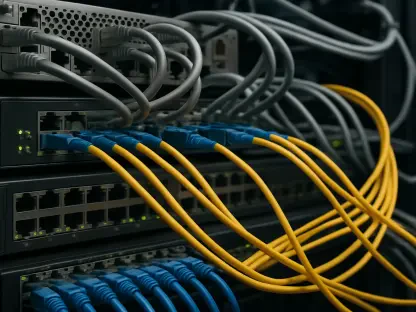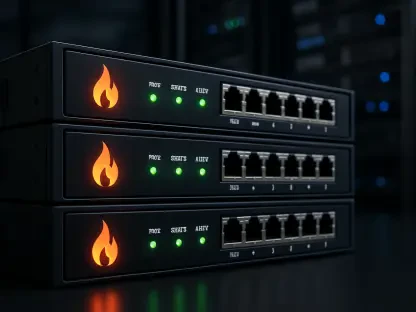A chilling incident unfolded when hackers remotely hijacked a children’s toy, turning it into a surveillance device. The breach underscored the stark reality that as millions of devices connect to the Internet, security vulnerabilities are bound to multiply. The question is, are IoT devices truly ready to combat these escalating cyber threats?
The Rising Imperative of IoT Security: A Looming Cyber Threat
An analysis of cybersecurity incidents reveals that IoT devices are increasingly becoming prime targets for cyber-attacks. With the growing interconnectedness of our world, these devices act as gateways that malicious entities could exploit. This begs the question: How prepared are manufacturers and developers in fortifying these devices against an ever-evolving landscape of threats?
Why IoT Security Compliance Matters Now More Than Ever
The introduction of regulations like the EU’s Cyber Resilience Act (CRA) and the U.S. Cyber Trust Mark cannot be overstated. These regulations stem from a growing need to protect consumers and sensitive data from cyber threats. The CRA and Cyber Trust Mark impose stringent requirements on IoT device manufacturers, mandating them to demonstrate their products’ cybersecurity capabilities. These compliance demands highlight a broader industry challenge, emphasizing the need for robust security practices as IoT device usage skyrockets.
Fragmented Firmware Practices and the Push for Uniformity
Historically, firmware development in the IoT world has been fragmented, with various pieces of code sourced from diverse origins. This lack of coherence has led to significant security risks, particularly when legacy code remains unpatched and vulnerable. A recent survey found that over 60% of IoT devices contain unpatched firmware vulnerabilities, serving as a stark reminder of the dangers lurking within legacy systems.
The Role of AI in Managing IoT Security Compliance
AI has emerged as a crucial ally in the battle for IoT security compliance. By leveraging AI-driven tools, manufacturers can more effectively detect and manage firmware vulnerabilities. For instance, a case study of a leading smart home company illustrated how AI applications, such as Static Application Security Testing (SAST) and Dynamic Application Security Testing (DAST), helped identify and patch vulnerabilities, ensuring compliance with standard security protocols. These AI tools are instrumental in maintaining a robust security posture in IoT products.
Automation: Streamlining Processes for Rapid Compliance
Automation plays an equally pivotal role in streamlining IoT security processes. One notable impact is in the creation and management of Software Bills of Materials (SBOMs). Automation facilitates the integration of SBOMs with CI/CD pipelines, enhancing the efficiency and accuracy of maintaining an up-to-date record of all software components used within a device. Notable tools like Jenkins and GitLab have proven effective in automating these processes, driving compliance while ensuring expedited deployment cycles.
Expert Insights and Industry Perspectives
Cybersecurity experts underscore the necessity of adopting AI and automation for effective IoT security. Dr. Melissa Dorsey, a distinguished cybersecurity analyst, mentioned in a recent symposium, “AI and automation are not just enhancements but the very backbone of next-gen security protocols.” Surveys and research validate this stance, revealing that over 70% of IoT manufacturers have integrated AI-driven security solutions, gleaning significant benefits from automated measures.
Practical Steps for Embracing AI and Automation in IoT Security
Embracing AI and automation in IoT security requires a strategic approach. Implementing automated software composition analysis is crucial; it ensures that all components are consistently checked for vulnerabilities. Integrating AI-driven vulnerability management can streamline existing workflows, providing real-time detection and remediation solutions. Regularly updated SBOMs are an essential best practice, maintained efficiently through automated tools. Lastly, setting up automated systems for both routine and emergency patch deployments ensures that security measures keep pace with emerging threats.
By actively engaging with these practices, manufacturers can fortify their IoT devices against the multifaceted challenges of cybersecurity compliance. As the regulatory landscape continues to evolve, the pursuit of automated and AI-driven solutions will be instrumental in maintaining secure and compliant IoT ecosystems.
The integration of AI and automation into IoT security has become imperative. The pressing need for enhanced security measures, driven by new regulations like the EU’s Cyber Resilience Act and the U.S. Cyber Trust Mark, compels manufacturers to adopt advanced technologies. Moving forward, the ability to swiftly patch vulnerabilities, maintain SBOMs, and ensure compliance will be critical for manufacturers to sustain their market presence and security standards.









